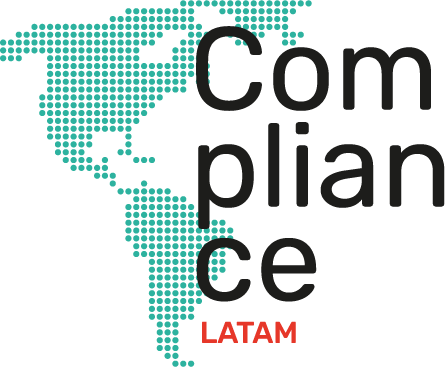
25-11-2024 | Noticias-en
The Specialized Unit for Economic Crimes, Environmental Crimes, Cybercrime and Money Laundering (ULDDECO) of the National Prosecutor’s Office organized a work day aimed at the study and analysis of economic crimes, which took place between October 8 and 10 in the city of Santiago.
As a result of this workshop, the “Quick Guide to Law No. 21,595 on Economic Crimes” was published, aimed at prosecutors and officials of the Public Ministry as a comprehensible and concise tool to facilitate their approach to the law.
It is worth noting that this guide has not only been useful for prosecutors in our country, but also for all those who make compliance their career, clarifying, without a doubt, some questions that arose from the law.
The guide outlines the most relevant aspects and changes brought about by the Economic Crimes Act, reviewing the four categories of crimes and the requirements that must be met in each of the categories for the application of the EDL in the commission of the crimes provided for in each of them.
In particular, this guide highlights its statement on third-category crimes, which refer to criminal types with a qualified active subject; that is, those that require that the person committing the crime be a public official or agent. The guide clarifies that, in these cases, the intervention as a co-author or accomplice could lead to the application of the principle of communicability to third parties who do not hold public office.
This issue remains controversial, as there are conflicting doctrinal theories on whether or not these crimes can be communicable, as well as jurisprudence that rules in both directions.
It is worth mentioning that, in Chile, although not in the area of economic crimes, the Supreme Court has applied the principle of communicability in cases of tax fraud, as observed in Case No. 17014-2015, condemning third parties involved as co-authors of the official crime.
The guide also explains some special rules contemplated in the LDE, the sanctions applicable to persons responsible for economic crimes, as well as
the mitigating and aggravating circumstances inherent in the law, the admissibility of alternative sentences, the determination of the fine and the imposition of disqualification sanctions in the context of the law.
The guide is, without a doubt, a must-read for all those involved in compliance, as it provides visual material that simplifies and systematises the law, making it accessible to everyone.
For more information on what actions your company or corporation should take to prevent crimes from being committed within it, we recommend that you consult our Compliance Group:
Rodrigo Albagli | Partner | ralbagli@az.cl
Yoab Bitran | Compliance Group Director | ybitran@az.cl
Caterina Ravera | Senior Associate | cravera@az.cl
Florencia Fuentealba | Associate | ffuentealba@az.cl
Loreto Osorio | Associate | losorio@az.cl
Sebastian Achondo | Associate | sachondo@az.cl
Macarena Navea | Associate | mnavea@az.cl
Felipe Barrera | Associate | fbarrera@az.cl
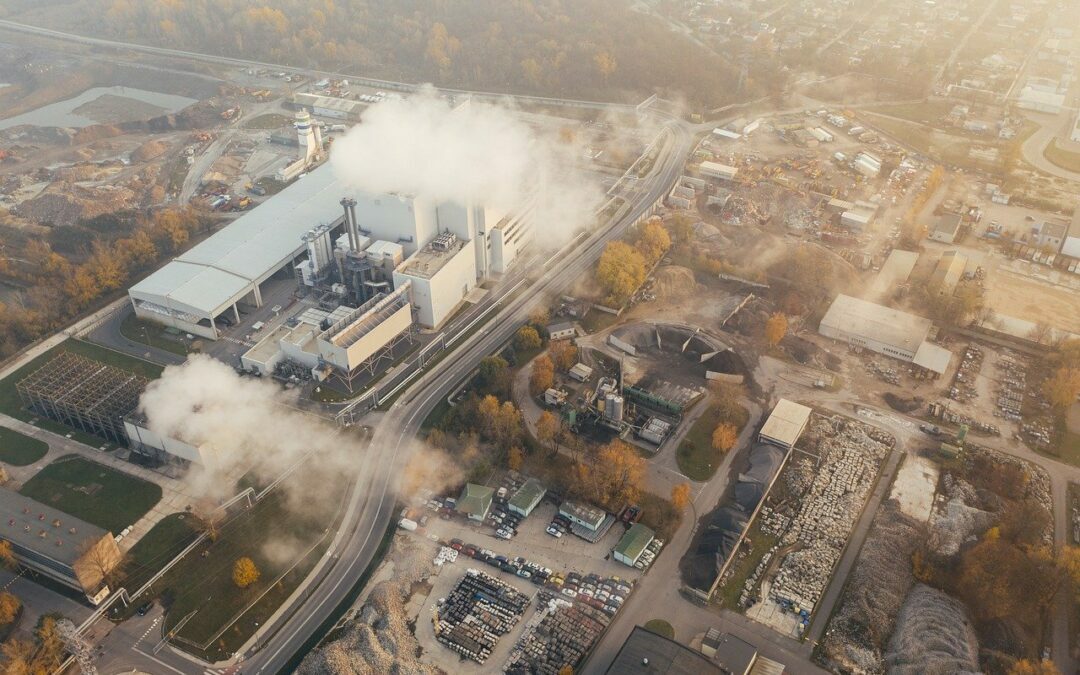
28-05-2024 | Noticias-en
On May 9, 2024, Supreme Decree No. 10 was approved, which modifies the Regulations of the Mining Code to adapt it to the latest legal changes.
These modifications correspond to Law No. 21,649, published in the Official Gazette on December 30, 2023, introducing changes to the Mining Code, the Constitutional Organic Law on Mining Concessions and the Law that creates the National Geology and Mining Service ( SERNAGEOMIN).
Likewise, on May 2, 2024, Supreme Decree No. 9 of the Ministry of Mining was approved, which establishes the new regulations that regulate the obligation to deliver geological information.
Below, we address the main changes introduced to the mining legal and regulatory framework, taking into consideration those made by Law No. 21,420, Law No. 21,649 and the aforementioned regulatory changes.
I) Amount of annual mining patents
The difference between metallic and non-metallic concessions is eliminated, increasing the value of non-metallic mining patents in accordance with the standards reviewed below:
• Exploration patents increase their amount from 1/50 to 3/50 of the Monthly Tax Unit (UTM) per hectare.
• Regarding exploitation concessions for the year 2024, 1/10 of UTM per hectare will continue to be paid exceptionally for exploitation concessions. From now on, if the mining properties do not fall within the scenarios provided by law, they will be subject to a progressive increase from 4/10 of UTM per hectare during the first five years since they are not considered in the assumptions of the law for the reduced patent, up to 12 UTM per hectare from the thirty-first year.
The law establishes the following hypotheses of reduced patent (1/10 UTM per hectare):
Effective work in the concession: The performance of mining work, having to annually certify that work, activities or works have been started that permanently and continuously allow the development of mining operations, understood as those referred to in Law No. 20,551. That Regulates the Closure of Mining Sites and Facilities (Site Closure Law), including those that derive from compliance with a mining site closure plan. The consideration for such operations will be applied regardless of whether they are carried out on owned or leased property.
Favorable environmental qualification resolution: Without the need to demonstrate work, the mining belongings are included in a mining development project that has obtained an Environmental Qualification Resolution (RCA) or has been admitted for processing in the Environmental Impact Assessment System ( SEIA) for qualification, in accordance with Law No. 19,300, on General Environmental Bases.
Mining Safety Regulations: If the requirements of the previous hypotheses are not met, it is possible to opt for the reduced patent with respect to those belongings included in a project that, without having the obligation to enter the Environmental Impact Assessment System, is in process. any of the permits established in title XV of the Mining Safety Regulations. The patent can only be determined for this concept one time.
On the other hand, the regulation includes in its new article 53 the details of the information that must accompany the mining concessionaire who wants to obtain this benefit. For natural persons, legal mining companies, mining cooperatives or individual limited liability companies that are owners of one or several properties whose total area does not exceed 500 hectares, the benefit of accessing a reduced patent is established if the development of work is accredited. in the area of at least one concession under any of the cases indicated above, assuming that they will remain in such situation for the next five years.
Likewise, the reduced patent will only apply to those mining properties included in a mining production unit and its possible expansions. A mining productive unit is understood to be the set of facilities and workplaces that are organized to ensure the functioning of mining operations, understood as the facilities and workplaces indicated in letter i) of article 3 of the Mine Closure Law. .
II) Duration of exploration concessions
Exploration concessions will have a validity of 4 years, renewable for up to 4 more years if some requirements for the delivery of geological information or processing before the SEIA are met.
For this, the mining concessionaire must, within the first six months of the last year of its concession, present to SERNAGEOMIN a report with all the geological information obtained in the exploration works that have been carried out during the validity of its concession, and must comply with Supreme Decree No. 9 of 2024 of the Ministry of Mining or the regulation that replaces it.
Alternatively, the holder may present to SERNAGEOMIN the documentation that accredits the obtaining of an RCA with respect to his mining project in the period of duration of the concession, or the admission of his project for processing in the SEIA.
For the purposes of obtaining the indicated extension, a certificate must be obtained from SERNAGEOMIN that demonstrates compliance with the requirements, which must be sent to the competent legal court. Once the resolution granting the extension is obtained, it must be extracted, published and noted in the margin of the respective registration.
Exploration concessions whose validity expires during the year 2024 will be understood as extended until December 31, 2024, and the right to extend may be exercised for another 4 years within the first half of 2024.
Furthermore, once the exploration concession has expired, a one-year prohibition is established on the original exploration concessionaire and its related persons from reacquiring exploration concessions in the area of the expired exploration concession.
III) Limitation on the exercise of possessory actions
There is a change in the exercise of possessory actions in the sense of requiring the mining concessionaire to exercise a possessory action (such as the complaint of new construction, for example) against the owner, possessor or mere holder of the surface properties, prove that he or she is the holder of an easement right or other real right over said surface property.
Likewise, it is established that it is optional for the judge to decree the suspension or stoppage of the reported works, and the concessionaire must prove that he is the holder of a real right and provide background information that justifies the serious and imminent danger that the non-granting of the suspension or stoppage entails. . Furthermore, if the cessation of the works is decreed, the owner may cause their effects to cease by providing sufficient security to allow them to respond for their demolition or compensation for damages.
This represents a radical change in the protection of assets and critical infrastructure of projects, and the maintenance of much mining property that was only maintained for reasons of security of non-mining assets must be re-evaluated.
IV) Delivery of geological information
A change is introduced in the delivery of geological information, specifying delivery times and increasing the fine for non-delivery to 100 UTA, which may be doubled if said information is required by SERNAGEOMIN, also disabling the mining concessionaire from obtain the benefit of reduced patent.
In accordance with the new regulations, exploration concessionaires will have a period of 30 days, counted from the expiration of their concession, to send SERNAGEOMIN a report with all the geological information obtained from the exploration work carried out in the area corresponding to said concession.
Along with the above, the exploration concessionaire must submit a report with all the geological information obtained in the exploration work that has been carried out during the validity of its concession before requesting the renewal of its concession for another 4 years.
Regarding the exploitation concessionaire, it must send to SERNAGEOMIN every two years a report with all the geological information obtained from the geological exploration work carried out during said period.
The detail of the geological information to be delivered is contained in the new regulation that regulates the obligation to deliver geological information contained in Supreme Decree No. 9 of 2024 of the Ministry of Mining.
The most relevant aspects of the regulation are:
The report with the geological information must be presented through a form that SERNAGEOMIN will have for these purposes on its website.
The background information that must be accompanied and its delivery format are established, which include a presentation of the project, georeferenced geological maps, geophysical surveys, geochemical surveys, drilling information, and others.
The geological information received by SERNAGEOMIN will continue to be the property of the reporting company, but will be public information in accordance with the provisions of Law No. 20,285 on Access to Public Information.
The reporting company may request that all or part of said information be considered confidential for up to 4 years from its delivery.
V) Change of datum
The references and mention of the change of datum to SIRGAS are eliminated, leaving the future modification entrusted to the Regulations of the Mining Code. Likewise, a procedure is established that SERNAGEOMIN and the mining concession holders must follow for an eventual change of datum in the future.
VI) Request for a final ruling
The regulations introduced a change in the background information that must be included in the request for a ruling. In this way, it is now not necessary to indicate on the map that accompanies the request for a ruling the corresponding letter from the Military Geographic Institute at a scale of 1:50,000 where the midpoint of the petition is located.
VII) Cabinet measurement and new deadlines
The requirement for field measurements and the construction of milestones is eliminated, allowing for a lower-cost measurement operation carried out in less time.
Furthermore, as a result of the greater simplicity of the measurement operation, the deadlines for requesting the measurement are modified, from 200 to 220 days to 90 and 120 days counted from the presentation of the manifestation, and for the presentation of the plan and measurement report. 15 to 10 months from the date of presentation of the manifestation.
VIII) Elimination of point of interest from the mining manifestation
Article 45, paragraph 2 of the Mining Code allowed, in the case of mining manifestations of a group of belongings not exceeding 100 hectares, the description of the point of interest indicating its most important signs. precise details and characteristics, the name of the property or mineral seat and the province where it was located. Through the last modification, this alternative was eliminated and from now on it will only be possible to indicate a point of interest in the mining manifestation using UTM geographic coordinates
IX) Entry into force.
With the exception of the rules referring to changes to the delivery of geological information, measurements and milestones, which will come into force once the corresponding regulatory changes have been made, the rest of the referred rules have already come into force.
Both the modification to the Mining Code Regulations and the delivery of geological information are being processed before the Comptroller’s Office.
For more information about these issues and their implications, you can contact:
Antonio Rubilar | Director of Public Law and Regulated Markets group | arubilar@az.cl
Alejandro Montt | Director of Mining, Energy and Natural Resources | amontt@az.cl

13-03-2024 | Noticias-en, Opinions
Last January, Fundación Generación Empresarial presented the results of a study that has been carried out annually for 18 years. A total of 165 public and private institutions, for-profit and non-profit, large and small, were encouraged to be part of the Recognition of Commitment to Integrity, a process that allows them to know how they live the values, and which culminated with a ceremony that He distinguished those that stood out the most. This is the largest number that has participated in this activity that includes the application of the Barometer of Values and Organizational Integrity and the delivery of documentation that certifies good practices. More than 45 thousand people from all walks of life responded to this survey about the advancement of the “culture of integrity” in their workplace, communicating with actions and not words, that integrity is a central value in their work, and that they are making genuine efforts to improve themselves.
On average, people who responded to the Barometer expressed themselves positively about the place where they work. They said that there are established values and they are promoted (87%), that they are actively disseminated (82%) and that managers act in accordance with them by setting an example (72%). They also expressed concern that their organization could become involved in corruption scandals (one in three people). These figures are reason to be optimistic. But the situation in the country makes us be cautious because, in the circumstances we live in today, it is not integrity that monopolizes the headlines, but corruption.
The Barometer measures perceptions and the Accreditation Guidelines record the institutionalization of practices of the Ethics and Compliance Program. Today we talk about “compliance” to refer to the legal requirements that must be met, but if this becomes an issue that is entrusted only to lawyers, it does not help much. This way, behaviors are not changed much.
The focus should be on corporate governance and culture, that is, the way things are expected to be done, how the organization is run and decisions are made at the top level. This implies that “the tone at the top”, which refers to the actions promoted by managers, must be effective in strongly communicating the ethical implications of behavior at all levels of the organization. Your message should be that you have to strive to “do things right,” and that you trust people’s ability to self-regulate their behavior. The best way to make this message credible is through ethical leadership that “speaks from action” and “zero tolerance” for abuse and corruption.
Not only people with values-based behavior win. Whoever acts accordingly, whatever their role, will feel the satisfaction of having done their best and this will have a positive impact on the work environment. The same goes for organizations. Their effort to get things done supports the integrity of the entire country. Hence the importance of all organizations “dare to be better.” Measuring yourself is the first step of change, as it shows the intention to renew yourself. But we must move beyond measurement… it is time to act.
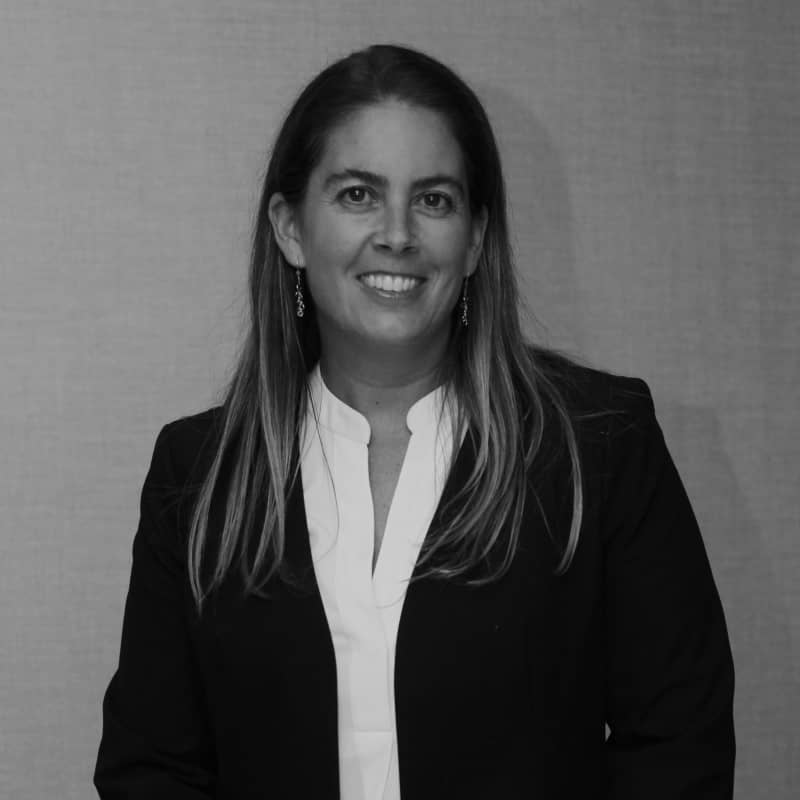
By Fernanda Hurtado, General Manager FGE and Compliance Latam Collaborator.
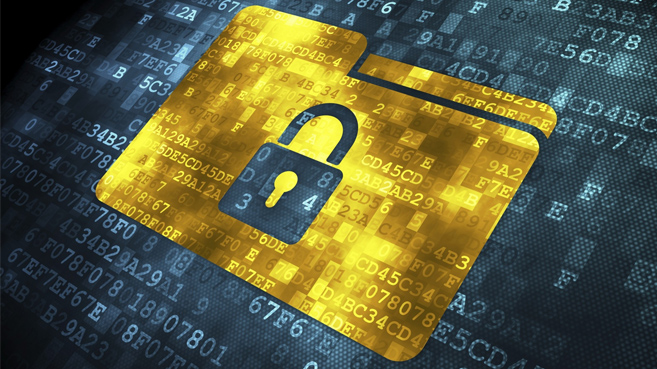
29-01-2024 | Noticias-en
The imminent technological evolution leads us to recognize the importance of robust regulation that addresses the challenges posed by artificial intelligence (AI). At an international level, examples such as “The Artificial Intelligence Act” of the European Union and the Executive Order in the United States show the need for legislation that establishes guidelines and supervises the development of this powerful technology.
In Latin America, and particularly in Chile, we face the challenge of advancing regulations, learning from comparative experiences to avoid errors. However, we face significant obstacles, especially since the Bill on the Protection of Personal Data is still awaiting approval. This situation makes legislative discussion on more complex issues difficult, such as the regulation of AI systems, which has already been approved in general and has advanced to its particular discussion.
It is essential to recognize that the lack of an updated law on the protection of personal data, combined with little experience in implementing practices to reduce risks or conducting impact assessments, represents a significant challenge to responsibly moving forward in the regulation of issues. as relevant as this. In that sense, updating the Law on the Protection of Personal Data is presented as the fundamental pillar to progress in any regulatory framework related to technology.
We understand that artificial intelligence uses data of various types, including personal data, which must be used and protected appropriately. Likewise, we cannot ignore how the decisions made by these systems directly impact people’s rights. An illustrative example would be the selection of individuals for waiting lists in the health sector or the allocation of educational scholarships. In both cases, in the absence of updated legislation and lacking practical experience in the responsible use of this type of data, the risk of abuse and discrimination by artificial intelligence systems is significant.
This Sunday, January 28, was International Data Protection Day, an ideal time to look forward with optimism, anticipating that the mixed commission can reach agreements in March on the issues on which the chambers have not yet reached consensus. This advance will mark the conclusion of the legislative process and open a new chapter in Chile’s technological regulation.
By Constanza Pasarin and Trinidad Moreno, associates of the compliance group of Albagli Zaliasnik (az).
Source: Diario Financiero
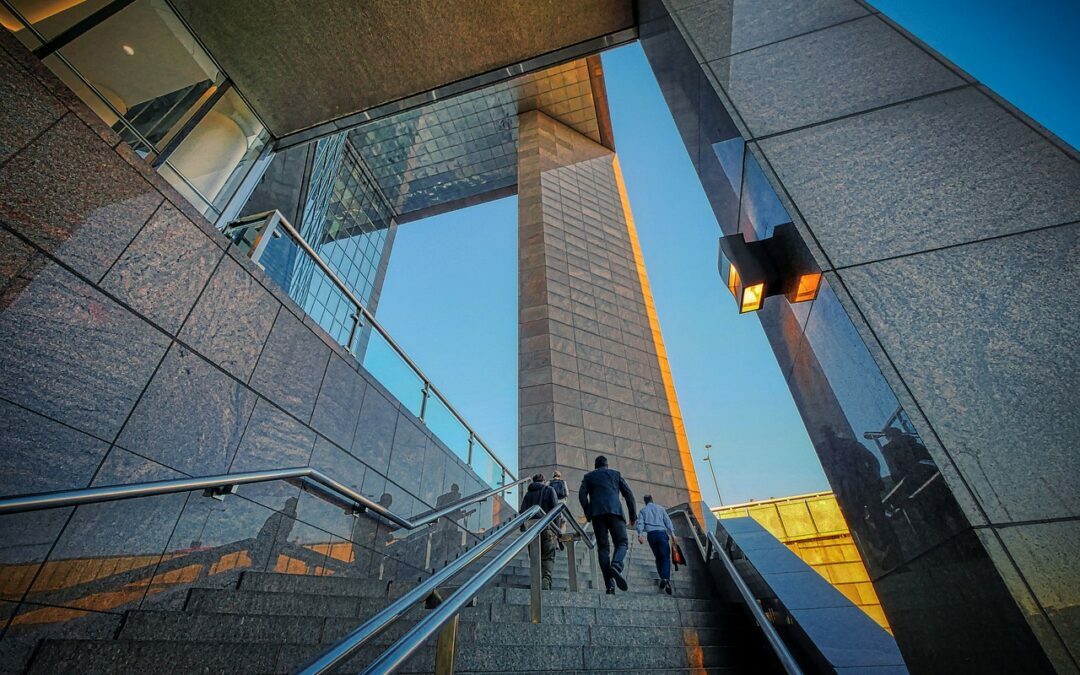
16-01-2024 | Noticias-en
Regarding a conversation related to the new Economic Crimes Law, we had a question about whether there is expressly a legal obligation that orders me to submit to the internal regulations of third parties related to my activity. The above, considering that, if effective, this implies that I must read, know and apply all the policies and manuals of my clients and, eventually, other third parties.
In that sense, and at least as far as it concerns a contractual relationship with clients or counterparties on an equal footing in negotiation, it is reasonable to maintain that if I sign a contract with a third party, in which my complete opposition to the commission is expressly mentioned of crimes within my organization, and I have a living, controlled and regularly updated prevention model, it should not be an imperative to have to submit to the self-regulation of my related parties.
In addition to being somewhat extreme, requiring all companies to comply with each of the internal obligations of their related parties, which commonly also depend on the needs, logic and legal techniques of each original regulation, it is tremendously expensive—in terms of time and efficiency—think that each company has to submit, purely and simply, to each and every one of the policies and manuals that make up the Crime Prevention Model of related third parties, simultaneously avoiding its potential application and also ensuring to be attentive to the possible modifications of each of such models (in foreign, and sometimes even foreign, computer servers), which is what is usually asked to accept, ex ante, in such types of regulations.
Although the “obligation” referred to above is inserted in the context of the elements that a crime prevention model must contain, in accordance with the provisions of Article 3 No. 3 of Law No. 20,393, in practice it is observed that These obligations, prohibitions and sanctions mainly deal with the establishment of specific prohibitions relating to certain topics (eg, making facilitation payments, making decisions through undeclared conflicts of interest, carrying out illicit activities in the context of the execution of the contract) and compliance with obligations to report any suspicious situation through established reporting channels, among other points. But the problem, also practical, is that the way of approaching how these obligations, prohibitions and sanctions are implemented for those who contract with another has generally consisted of the supposed duty of having to accept, as noted, purely and simply , the entirety of a certain Crime Prevention Model that is imposed on the other, as a condition of the conclusion of the respective contract.
Consequently, and reflecting on the actual implementation of the new Economic Crimes Law, it is to a certain extent unfeasible, and, at the same time, excessive, to think that all companies must sign the internal regulations of their related third parties and accept them in a closed package. Without prejudice to the foregoing, the failure to incorporate clauses relating to compliance with the crime prevention model could entail risks for the provider when accrediting compliance with its management and supervision duties, especially when what is in question, eventually, is the liability of the legal entity for criminal acts committed in the context of the supplier/client contractual relationship.
From a practical perspective, it should be noted that a serious and relevant situation that involves the commission of an illegal act will require addressing potential criminal contingencies as a first priority, which will allow for early mitigation of possible contractual risks related to non-compliance with these clauses.
Thus, today it is essential to review the contracts with my related third parties and not rest on the fact that there is an identical standard clause in all of these and that it must be accepted automatically or sine qua non to conclude the contract. We think that essential base points can be established, with common objectives, with a view to safeguarding the legal assets protected in Law No. 20,393, such as the obligations, prohibitions and sanctions already mentioned, and contractually refine the relevant points for both parties, but this It does not mean that I must necessarily submit to the internal regulation of my suppliers and clients.
By the way, as part of such essential bases, the controls through the contracts and monitoring of the correct fulfillment of the services agreed in this will be an important armor in the eventual case that said third party commits a crime in the context of the functions that are the subject of my contract.
* Francisca Franzani is director of the Compliance group at Albagli Zaliasnik and Andrés Illanes is manager of Corporate Affairs at Bodegas San Francisco.
Source: El Mercurio
For more information you can contact :

Francisca Franzani | Compliance Group Director | ffranzani@az.cl

